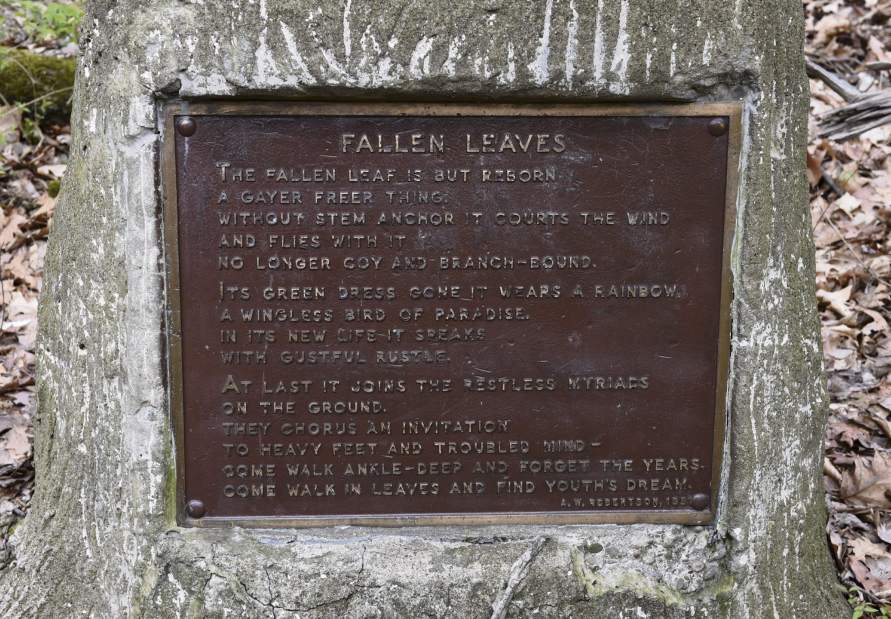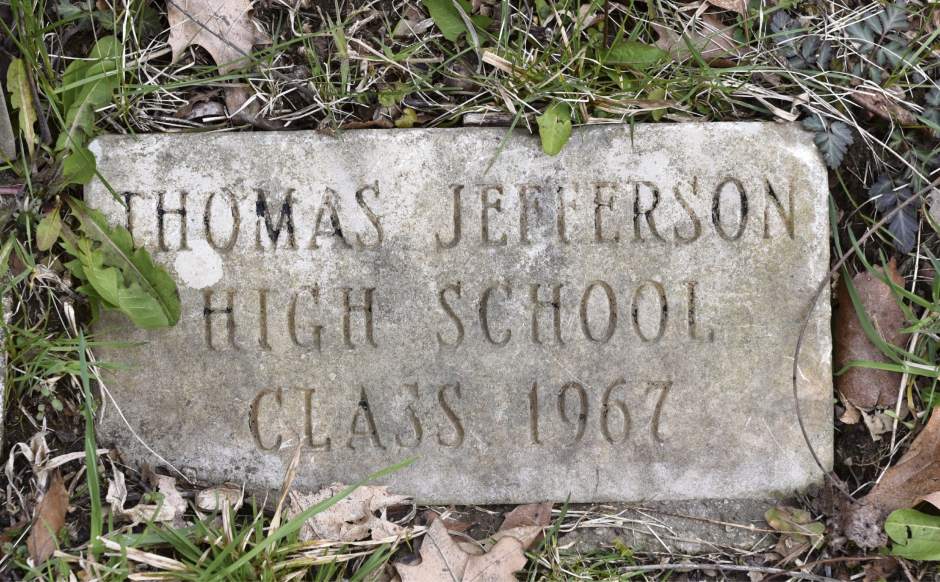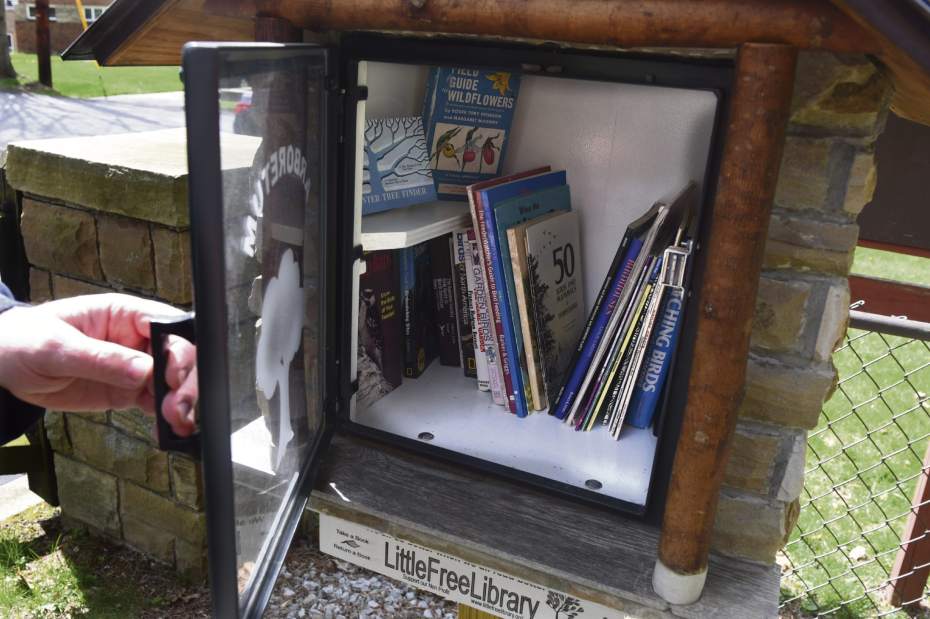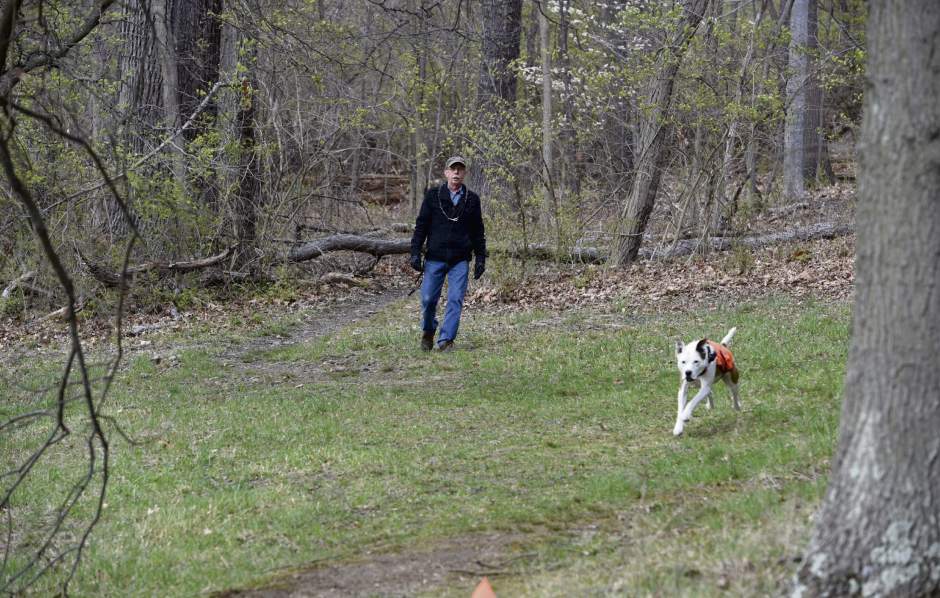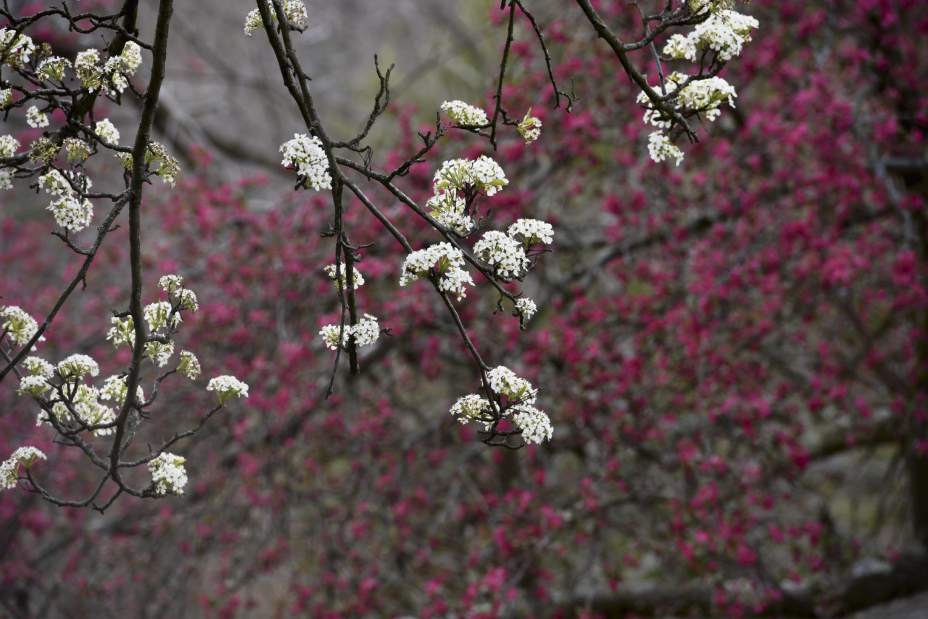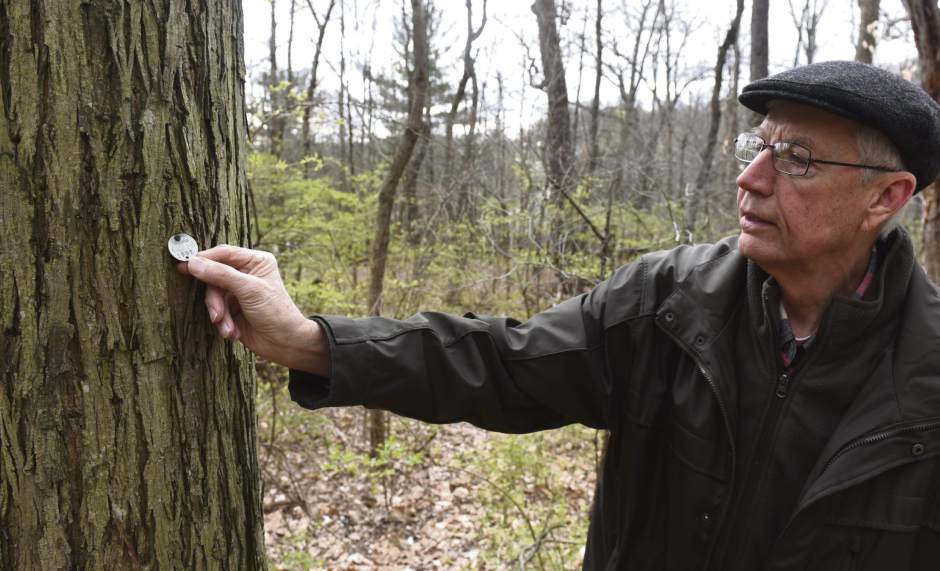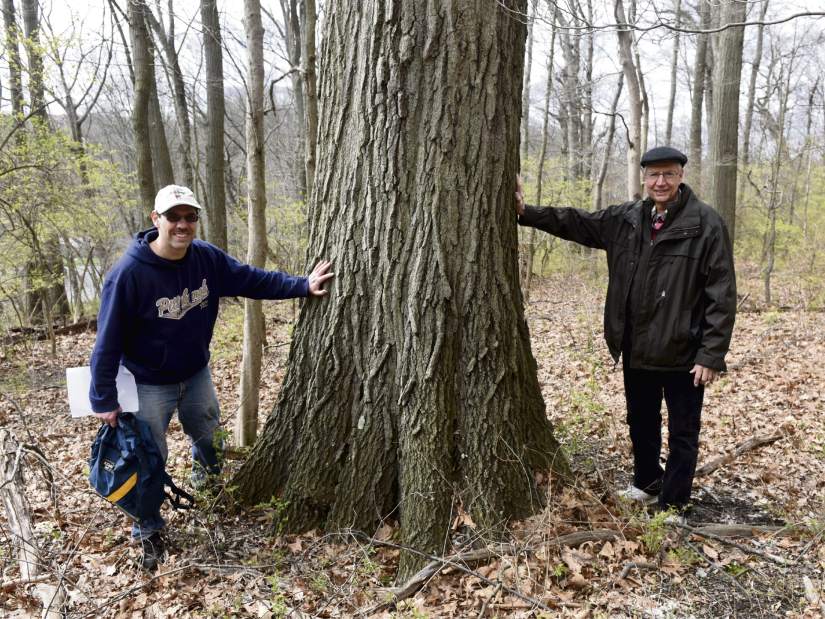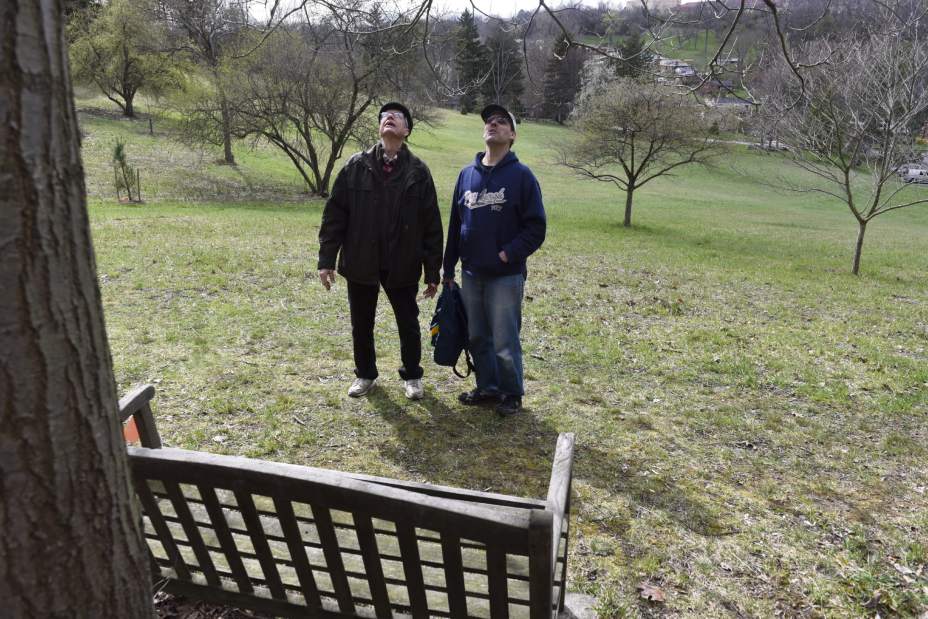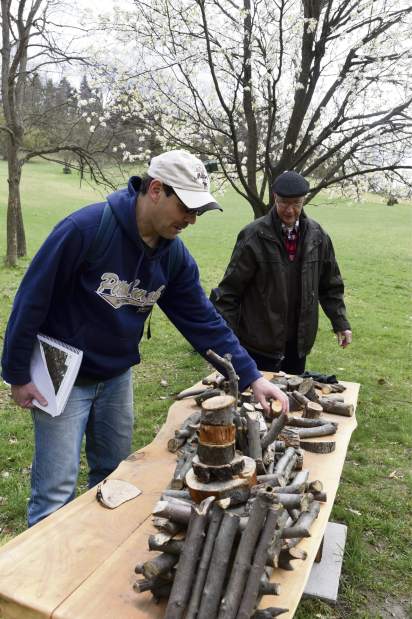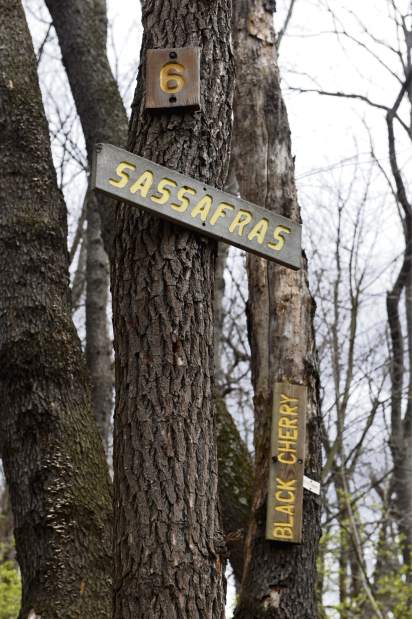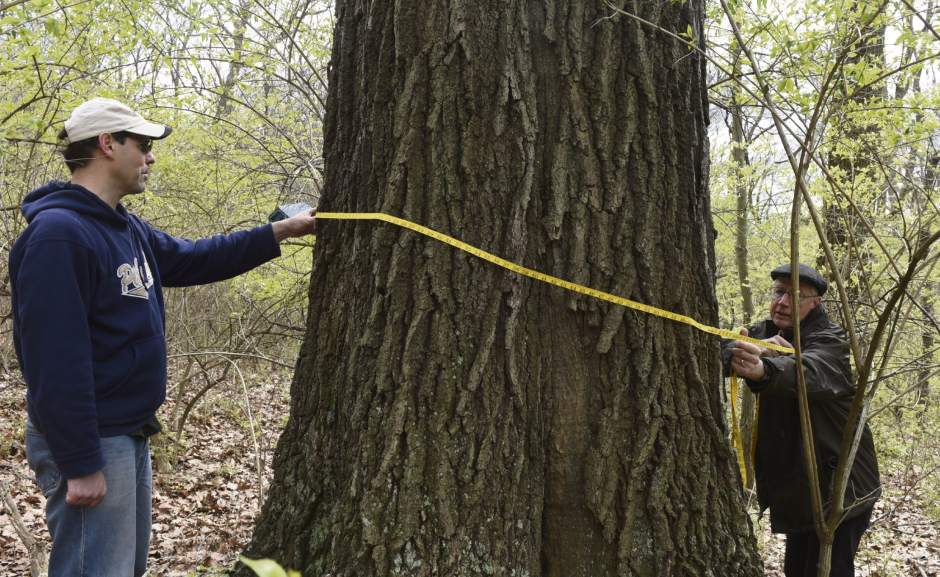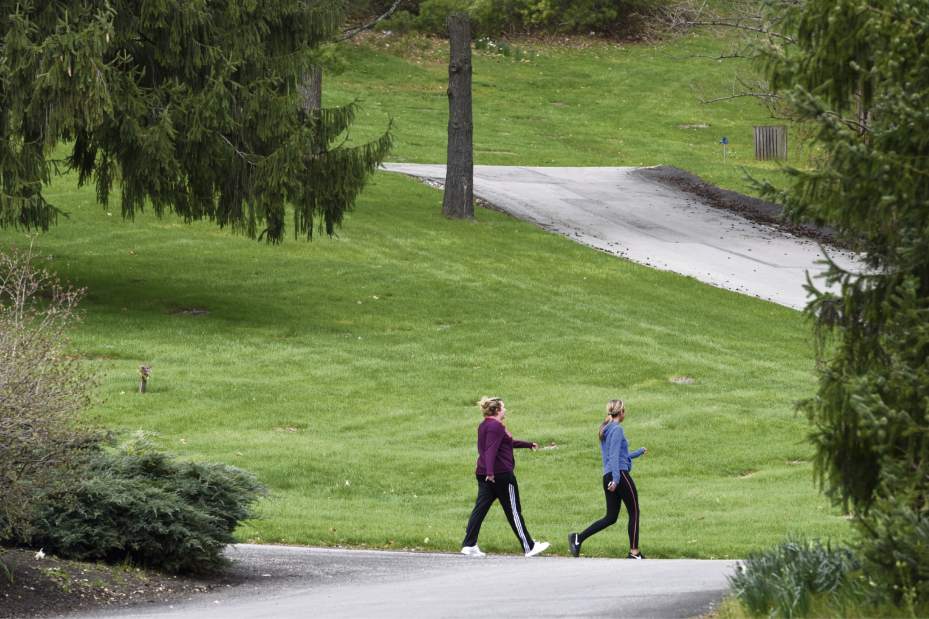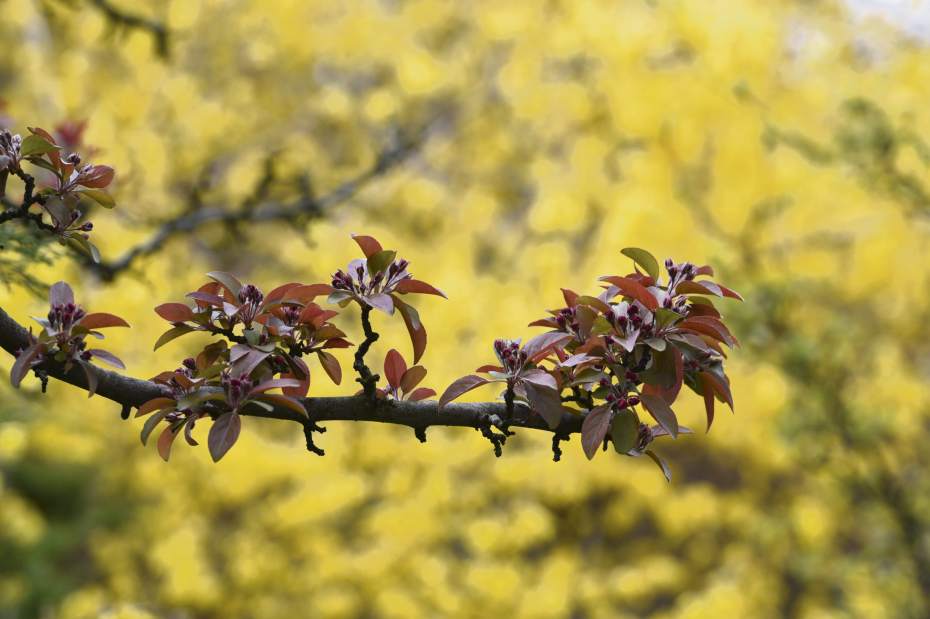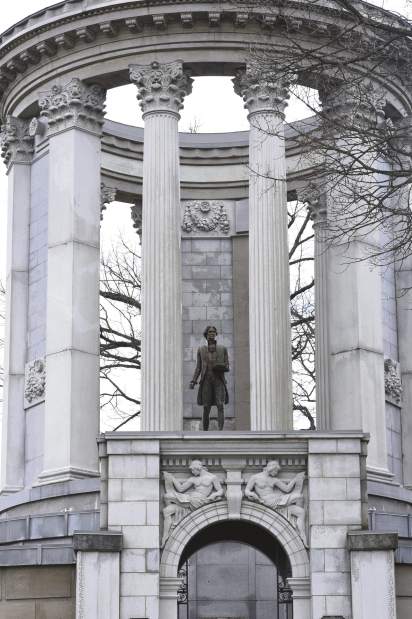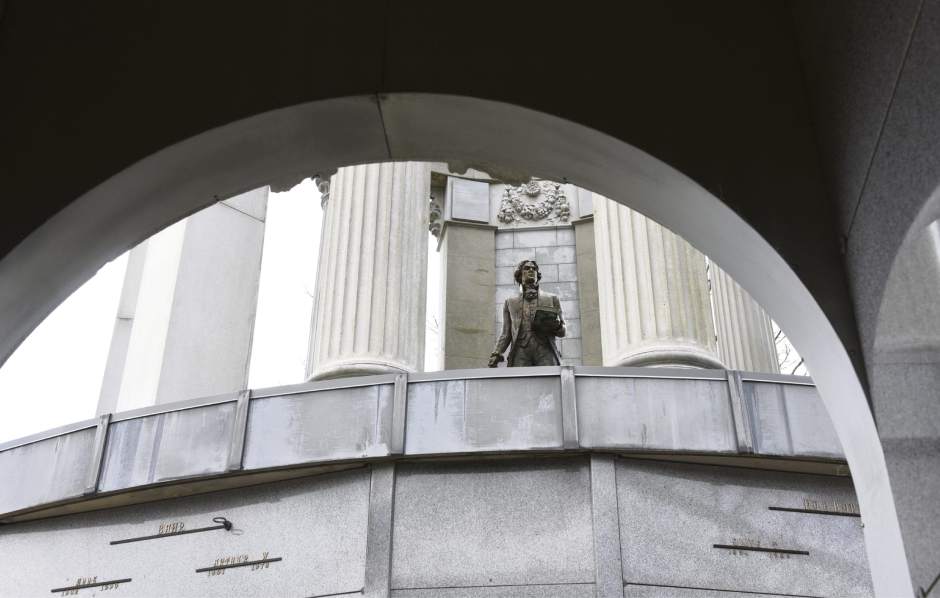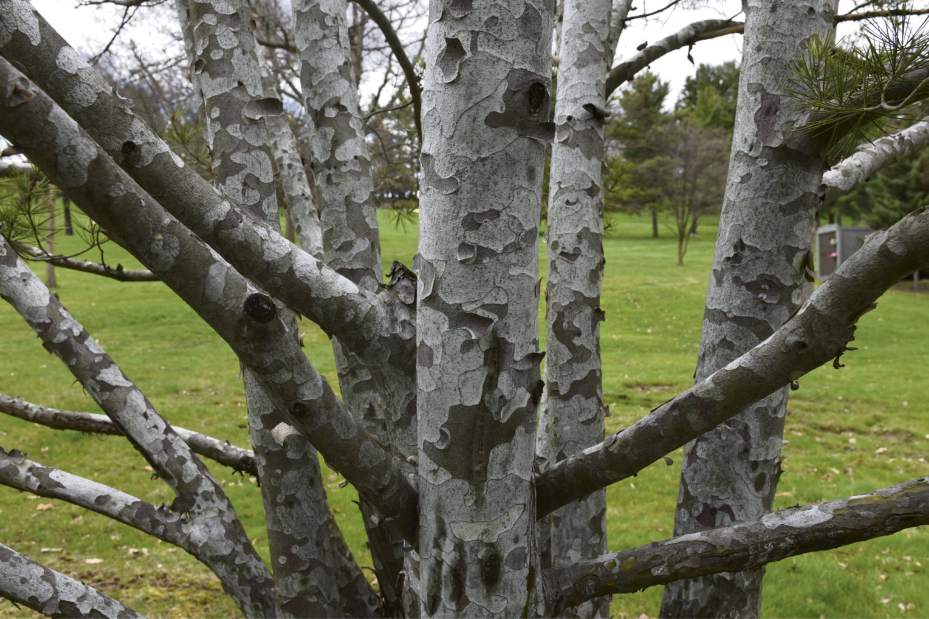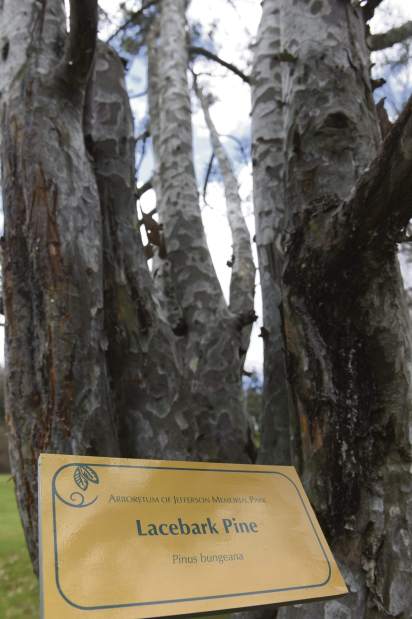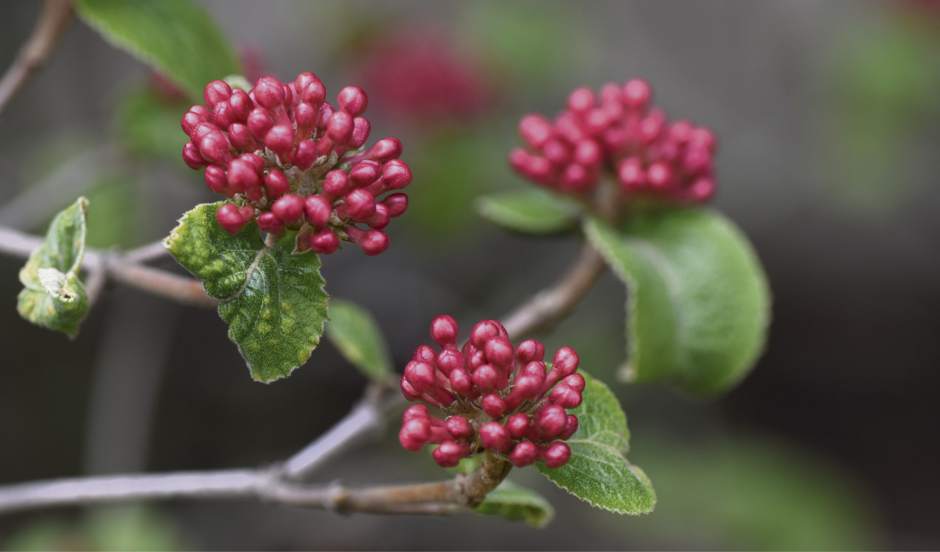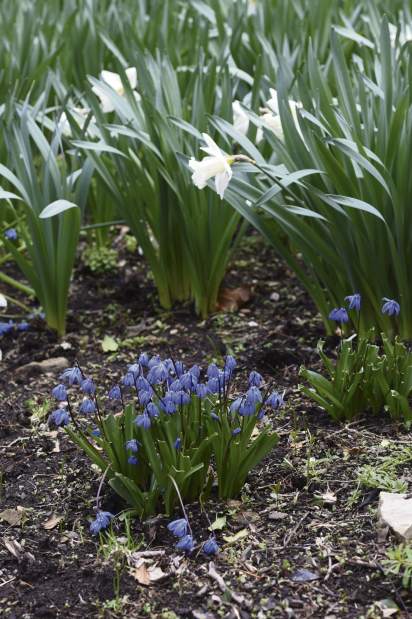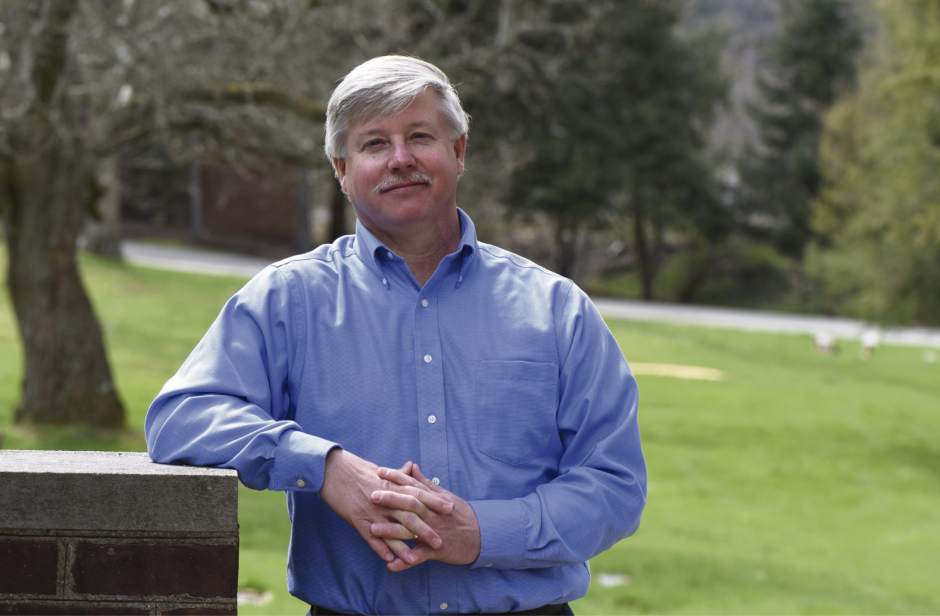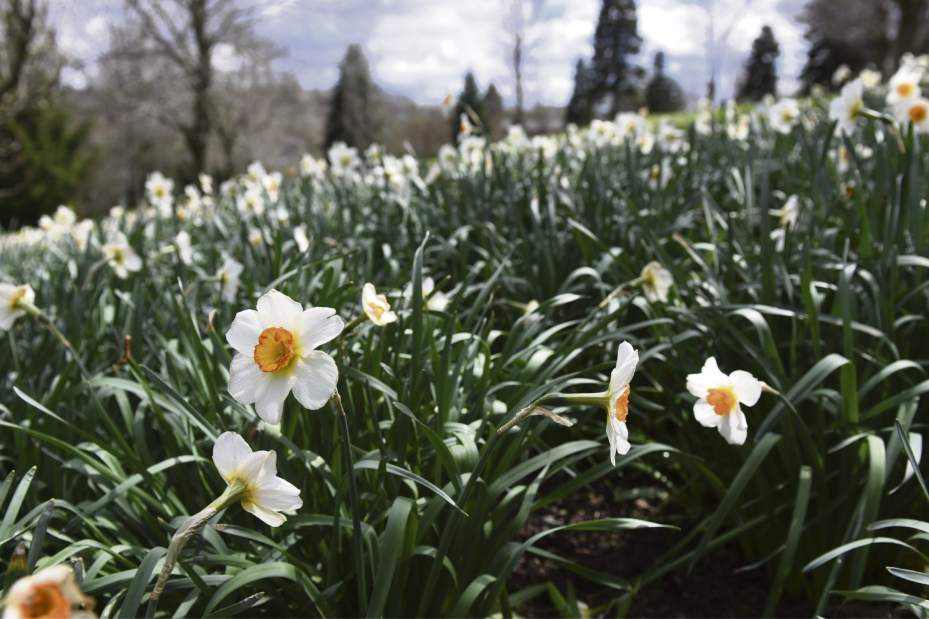Jefferson Memorial Cemetery among Western Pa.'s grand arboretums
To those unfamiliar with it, Jefferson Memorial Cemetery might seem an unlikely place for an arboretum, but locals have been enjoying the spectacular landscape since 1929.
From the beginning, the Jefferson Memorial was designed to be used as more than a cemetery. It makes sense, as founder Harry Campbell Neel was a graduate of Yale with a master's degree in forestry. What he started has been perpetuated over the years by succeeding staff members, including David J. Middlemiss, the park's senior vice president. He is an integral part of just about everything that goes on here.
There are many different types of visitors who use the park, he says, which is open to the public.
“Obviously, people come to pay their respects to their loved ones,” Middlemiss says. “At the same time, we want them to enjoy the cemetery grounds if they don't have to have anyone buried here.”
It's a flush bronze memorial cemetery. You won't see above-ground tombstones here, which is what Neel had in mind when he designed it.
There are more than eight miles of roads. It's one of the biggest cemeteries in the state with more than 86,000 burials. The most famous of those interred might be Pirates great Honus Wagner, who is buried in the Garden of the Cross area.
Even on a cool spring day, walkers moving at a quick pace traverse the rolling hills of the park. They pass deep rose-colored buds from mature flowering crabapples set off by cheery, yellow forsythia growing behind the trees.
The grounds are filled with 30 labeled trees and shrubs encompassing a wide range of species, along with 5,000 other plants in the landscape. Majestic dawn redwood trees, interesting pines, spruces and lots of others fill the gardens, including a beautiful, mature lacebark pine. The gray exfoliating bark of this evergreen tree is stunning, and it proves to be deer-resistant. There's always a herd of deer nearby waiting to explore the grounds.
Daffodils bloom with creamy white flowers surrounded by tiny blue scilla flowers under the watchful eye of a statue of Jesus. Others, with orange-ish centers, are massed together, putting on a show. At every turn there is color, including dark-pink viburnum buds preparing to flower and fill the air with their intoxicating fragrance. Garden clubs and other groups, including Penn State Cooperative Extension, use the arboretum as a teaching tool.
Just 170 of the 340 acres are developed. It's not only the plantings that are marvelous; there are historic wonders here, too. Every garden needs a focal point, and each of the 30 or so areas here has one.
One of the most interesting is in the Presidential Court. It's a historic bronze statue of George Washington. Commissioned by Thomas Jefferson and Benjamin Franklin in 1794, sculptor Jean Antoine Houdon created the original marble statue. The artist made a plaster cast of Washington's face to use for the sculpture.
In 1910, the Gorham Manufacturing Co. was authorized to make bronze replicas from the original molds. The resulting statues are displayed all over the country and world, including one at Versailles Palace in France and another at Trafalgar Square in London. The final statue cast stands in the park overlooking some of the first lawn crypts installed here, and the mold no longer exists. When Middlemiss first saw the statue, he says he got “shivers,” knowing he was looking at an exact replica of the first president.
A massive limestone staircase leads up to the statue, its hardscape rescued for the park. Originally part of the Sewickley estate of Henry Oliver, the early Pittsburgh industrialist, it was dismantled in 1964, stored and then reassembled as a grand entrance in 1972.
“When we see or we hear something is going to be torn down and destroyed, if it has history to it, we will be involved in trying to procure it for future development, for future building,” Middlemiss says.
With that in mind, huge 30-ton columns — part of the facade for the Bank of Pittsburgh, founded in 1810 — were saved to be used here. It was around 1940 that the bank was demolished and the columns came to the park. They are on display at the Thomas Jefferson Mausoleum surrounding a statue of the third president.
“Those columns were actually from when Thomas Jefferson walked on the earth,” Middlemiss says.
Among other rescued artifacts in the park are five large urns from the ruins of Pompeii, Italy, believed to be 2,000 years old.
The park offers a lawn service, which serves 3,000 South Hills residents. There's also a commercial composting facility on site. A vault plant, which manufactures concrete burial products, is on the property, along with a crematorium and funeral home that serves 500 families a year.
It was the lawn-care service that brought Middelmiss to the park when he answered a classified help-wanted ad. On the day he arrived at the park in 1983, he met his then-to-be wife, who was helping out on the switchboard. They were married a year later.
His connection to the cemetery extends to his family, too. His parents, Kenneth and Joan, purchased plots here after World War II. His mother passed away in 2000.
“Every Thursday, my dad would come out and place flowers. He got a little upset because the deer would keep eating the flowers. There were times he would come in with tears in his eyes,” he says.
As a new wing to a mausoleum was being built, Middlemiss suggested moving his mother there. When a bronze-relief sculpture of pioneers at Fort Pitt was planned along the wall of the mausoleum, Middlemiss had another idea. The nondescript faces were replaced with the faces of his parents.
“My dad was more than overjoyed,” he says with a smile. Walking into the mausoleum is special for Middlemiss. “I'm always with my mom at that point,” he says.
He's not the only one with family members recognized at the park. In an area called Faithful Friends, where pets and people can have interment together, are images of the park's employees with their pets.
One of the most popular places in the landscape starts at the Garden of the Well. It has a spring-fed pool, which flows through 10 reflecting pools and is interspersed with mature trees and shrubs. A large weeping beech dwarfs a circular pool as the water reaches the bottom of its run in the Garden of the Last Supper. This is where wedding pictures and senior portraits are shot in the spring and summer.
“This is a peaceful place,” Middlemiss says of the park. “People will come in here to see their loved ones, it can be solemn, but this is their final resting place. It doesn't always have to be sad.”
Details: jeffersonmemorial.biz
Doug Oster is the Tribune-Review home and garden editor. Reach him at 412-965-3278 or doster@tribweb.com. See other stories, blogs, videos and more at triblive.com/lifestyles/dougoster.
Article by Doug Oster,
Everybody Gardens
 http://www.everybodygardens.com
http://www.everybodygardens.com
Copyright © 535media, LLC


